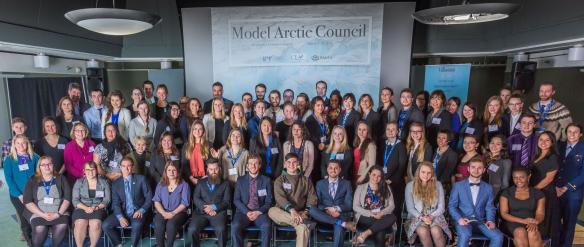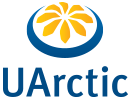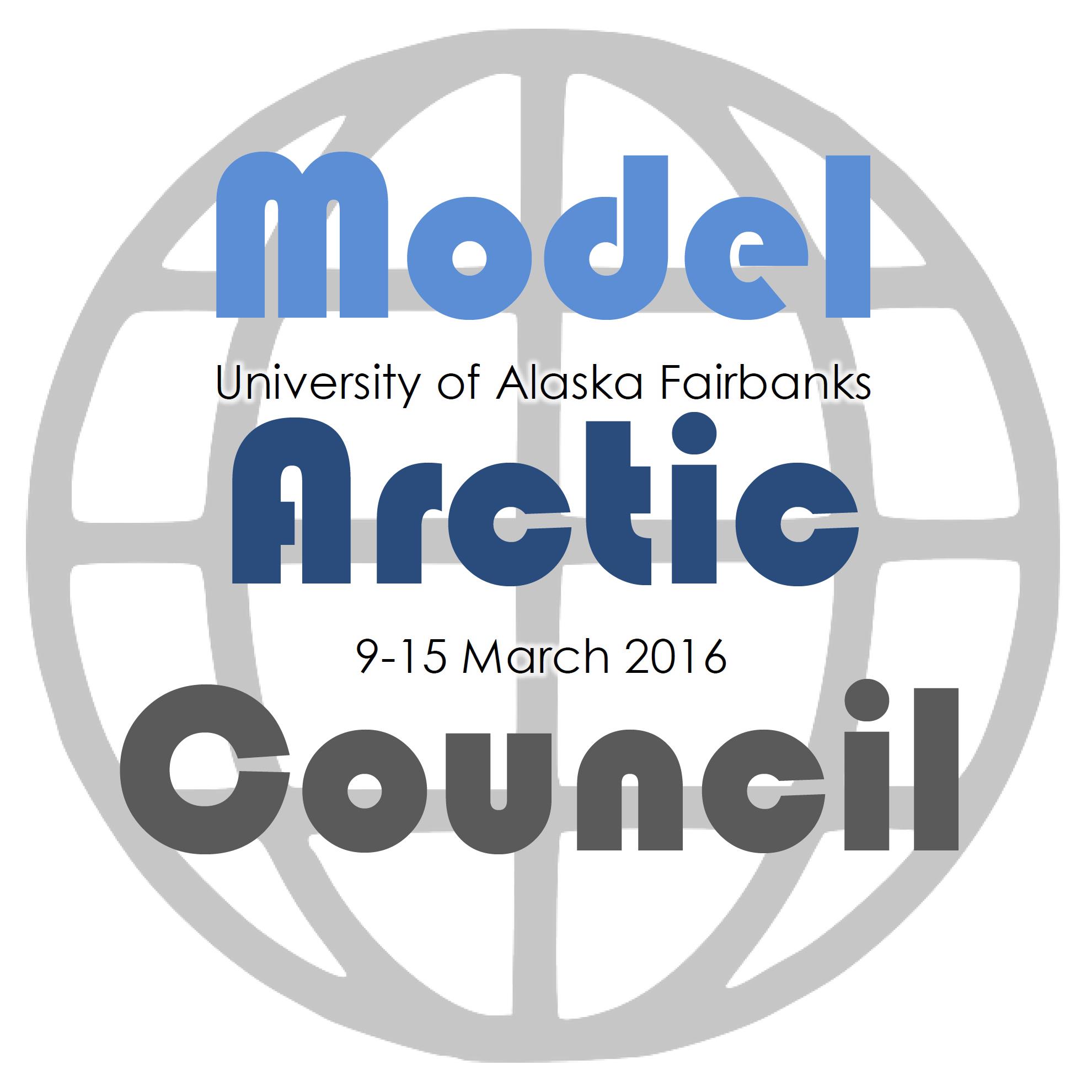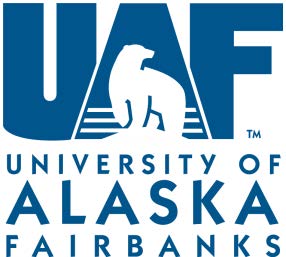Model Arctic Council at the University of Alaska Fairbanks (2016)
University of Alaska Fairbanks
March 9-15, 2016

The Model Arctic Council (MAC) 2016 at the University of Alaska Fairbanks took place as part of the Arctic Science Summit Week, a 10-day conference that brought researchers and policy makers from throughout the world to the University of Alaska Fairbanks to advance research on the Arctic. The MAC program immediately preceded a meeting of the Arctic Council’s Senior Arctic Officials (SAOs) in Fairbanks. Organizers chose this timing with the hope of engaging Arctic Council officials in the program and being able to present the MAC’s Declaration to the SAOs at the culmination of the program.
The MAC 2016 was the first fully international Model Arctic Council. Sixty-five students representing thirteen birth countries and thirty-two universities participated. They were selected from over one hundred applicants. Students acted in their assigned roles as Member State, Permanent Participant, or Observer delegates to the Protection of the Arctic Marine Environment (PAME) working group or the Sustainable Development Working Group (SDWG); or as Senior Arctic Officials (SAOs) or Ministers of the Arctic Council Member States. Students simulated working group meetings, followed by SAO meetings and finally a Ministerial meeting.
Within each working group delegates focused on two projects or issues:
PAME Theme I: Cruise Ship Tourism
PAME Theme II: Managing Maritime Traffic for Marine Resource Development
SDWG Project I: Improving Health in Arctic Communities through Safe and Affordable Access to Household Running Water and Sewer: Water, Sanitation, and Health (WASH)
SDWG Project II: Reducing Suicide in Indigenous Groups-Strengths United through Networks (Rising Sun)
At the closing ceremony, student participants presented to an audience of Arctic Council Senior Arctic Officials and other delegates, UArctic leaders, University of Alaska Fairbanks administrators, and others the Fairbanks Declaration, which addressed the issues on which the MAC participants had deliberated and produced resolutions. The Declaration was modeled on the Ottawa and Iqualuit Declarations. U.S. Special Representative to the Arctic Admiral Robert Papp, U.S. Ambassador David Balton, UArctic President Lars Kullerud, and UArctic Board of Governors Chair Brian Rogers addressed the students, congratulating them on their work in the Model Arctic Council and on their commitment to resolving the challenges that the Arctic faces in the coming decades.
To learn more about the Model Arctic Council initiative and Model Arctic Council 2016 program, please see: Mary Ehrlander and Brandon Boylan, “The Model Arctic Council: Educating Postsecondary Students on Arctic Issues and Governance through Simulation,” International Studies Perspectives, available at this website.
The universities represented in the Model Arctic Council 2016 include:
Australia
University of Western Australia
Canada
Carlton University
Laval University
McGill University
Mount Saint University
Queen’s University
University of Alberta
University of Northern British Columbia
University of Quebec
University of Saskatchewan
University of Winnipeg
Wilfred Laurier University
York University
Denmark/Greenland
University of Greenland
University of Southern Denmark
Iceland
University of Akueryi
Norway
University of Bergen
Russia
Moscow State Institute of International Relations
Northeastern Federal University
Northern Arctic Federal University
Saint Petersburg State University
State Polar Academy
Sweden
Umeå University
United Kingdom
Oxford University
United States
Dartmouth College
Duke University
Northern Arizona University
Oregon State University
United States Coast Guard Academy
University of Alaska Anchorage
University of Alaska Fairbanks
University of Washington





